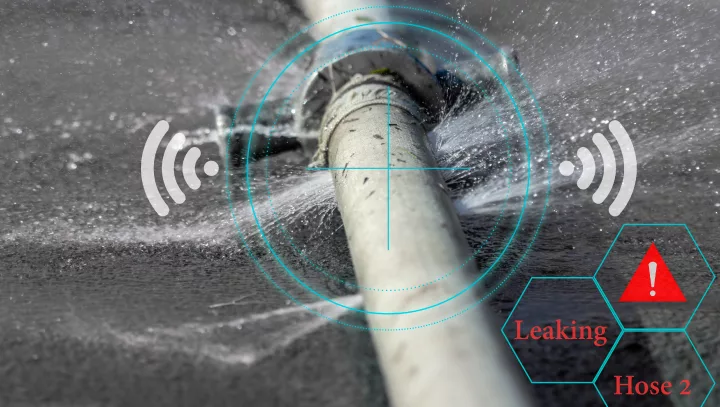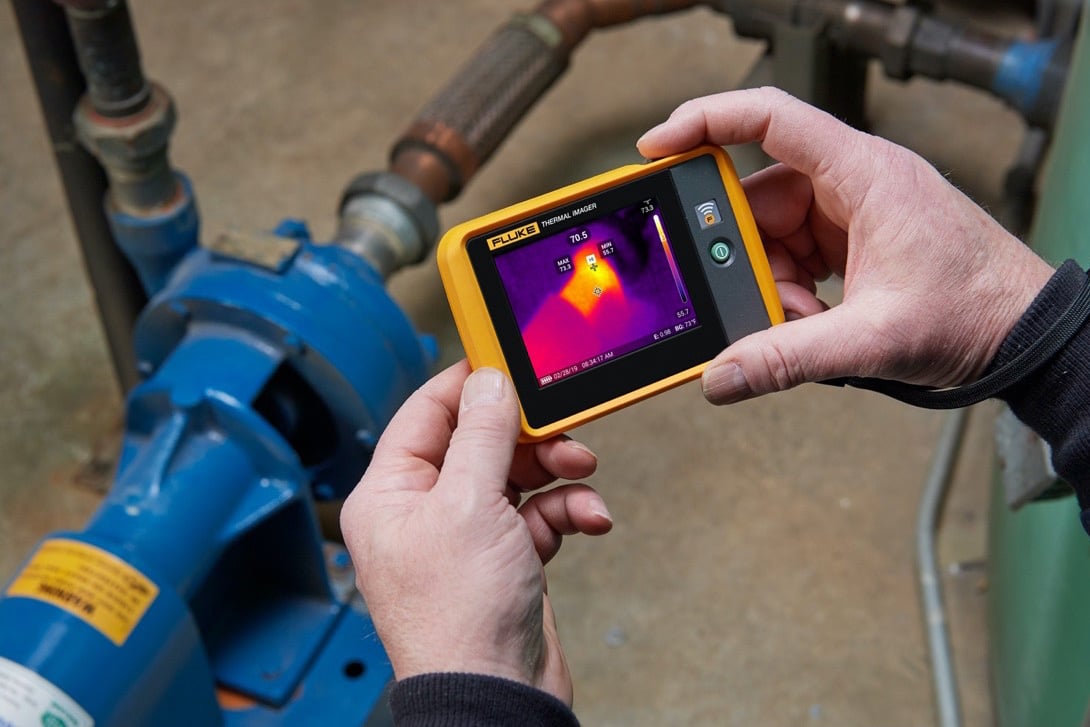Water Leak Detection: How to Determine and Take Care Of Leaks Prior To They Cause Damage
Water Leak Detection: How to Determine and Take Care Of Leaks Prior To They Cause Damage
Blog Article
Innovative Solutions for Very Early Detection of Water Leakages in Buildings and Infrastructure
As the stability of buildings and infrastructure is paramount, the obstacle of early detection of water leakages has actually stimulated innovative options that promise to reinvent the way we safeguard against potential damages. From sophisticated leakage discovery innovations to the deployment of IoT sensing units for real-time tracking, the landscape of leak avoidance is progressing quickly. Artificial intelligence algorithms offer a look into the future of leak forecast, while thermal imaging provides a non-intrusive technique for determining hidden leaks. Automated water circulation analysis systems are improving exactly how leakages are identified and dealt with, leading the method for an aggressive technique to water leak discovery. Each of these services holds the vital to making certain the reliability and long life of our developed atmosphere, motivating a change towards an extra lasting and efficient future.
Advanced Leakage Discovery Technologies
Advanced leakage discovery modern technologies, furnished with innovative sensors and algorithms, play a critical function in quickly recognizing and determining water leaks in different settings. Electro-magnetic sensing units can identify modifications in electro-magnetic areas triggered by water, supplying yet an additional layer of leakage detection capacity.

IoT Sensors for Real-Time Monitoring
In the realm of modern-day water leakage discovery, the combination of IoT sensors for real-time monitoring stands for a crucial improvement in enhancing aggressive leakage detection capacities. These sensing units provide constant monitoring of water supply, providing real-time information on water flow prices, stress variations, and temperature changes. By leveraging IoT modern technology, these sensors can discover even the tiniest anomalies in water usage patterns, enabling early recognition of prospective leakages prior to they intensify right into significant problems.
IoT sensors transfer information to a central platform, where advanced formulas analyze the information and create informs or alerts when abnormalities are discovered. This real-time monitoring capability allows residential or commercial property owners or center supervisors to quickly resolve leaks, minimizing water damages, decreasing fixing prices, and saving water sources.
Moreover, IoT sensors can be integrated with building management systems, permitting automatic responses to discovered leaks, such as shutting off water shutoffs or triggering pumps to minimize the influence of leaks. On the whole, the application of IoT sensors for real-time monitoring dramatically improves the effectiveness and performance of water leak detection in buildings and facilities.
Artificial Intelligence Algorithms for Leak Prediction

One trick advantage of making use of artificial intelligence for leakage prediction is its capability to continually discover and boost its accuracy over time. As even more data is collected and fed into the formula, it can refine its Continued predictions and adapt to transforming conditions, inevitably increasing the dependability of leak discovery systems.
In addition, equipment learning formulas can aid in recognizing refined signs of leakages that might go undetected by conventional surveillance approaches. water leak detection. By assessing complicated information embed in real-time, these formulas can give early warnings and notifies, enabling timely intervention and preventative maintenance to alleviate potential water damages and associated costs
Using Thermal Imaging for Leak Discovery
Thermal imaging technology supplies an appealing method for identifying water leaks in numerous systems and facilities. By utilizing infrared radiation and temperature level variances, thermal imaging electronic cameras can recognize covert leaks that are not easily resource visible to the naked eye. When water escapes from pipes or structures, it frequently changes the temperature of the bordering location, developing temperature differentials that thermal cams can catch. These temperature irregularities are then equated right into noticeable pictures, highlighting the precise area of the leakage.
One of the key benefits of thermal imaging for leak detection is its non-intrusive nature. On the whole, the usage of thermal imaging modern technology boosts the effectiveness and accuracy of water leakage discovery, making it a useful device for preserving the stability of structures and infrastructures.
Automated Water Flow Evaluation Solutions
How can automated water circulation evaluation systems transform the detection and administration of leaks in different systems and infrastructures? Automated water flow analysis systems use a positive approach to leak detection by continuously monitoring water flow rates and patterns. By developing standard information, these systems can quickly identify variances that may show a leakage, making it possible for punctual treatment to avoid extensive damages.
These systems make use of sophisticated formulas to assess real-time data and offer instant signals when anomalies are found, allowing for speedy activity to imp source be taken. Additionally, automated water circulation analysis systems can be incorporated with building administration systems or IoT systems, boosting general performance and enabling remote surveillance abilities.
Moreover, the information accumulated by these systems can be utilized for predictive upkeep objectives, helping to identify prospective weak factors in the framework before leakages take place. Overall, the execution of computerized water flow analysis systems can significantly enhance leak discovery and management techniques, inevitably causing cost financial savings, lowered water wastage, and increased sustainability in buildings and facilities.

Verdict
In conclusion, the combination of sophisticated leak detection technologies, IoT sensing units, maker learning algorithms, thermal imaging, and automated water circulation evaluation systems offers innovative solutions for very early detection of water leakages in buildings and facilities. These modern technologies make it possible for real-time monitoring, forecast of leakages, and effective detection techniques to avoid water damage and wastage. Executing these solutions can assist in preserving the stability and sustainability of water systems in numerous setups.
Report this page